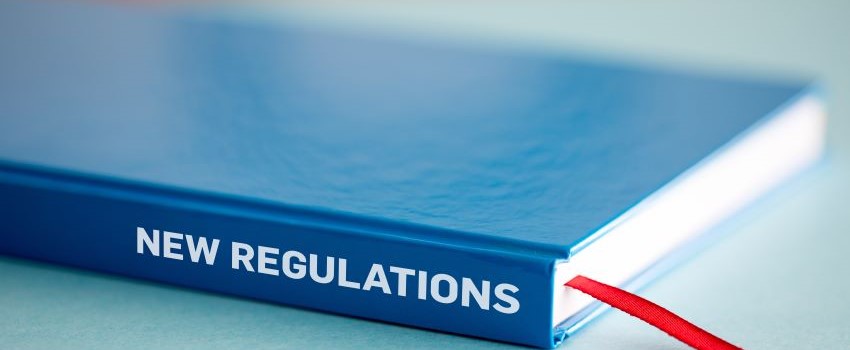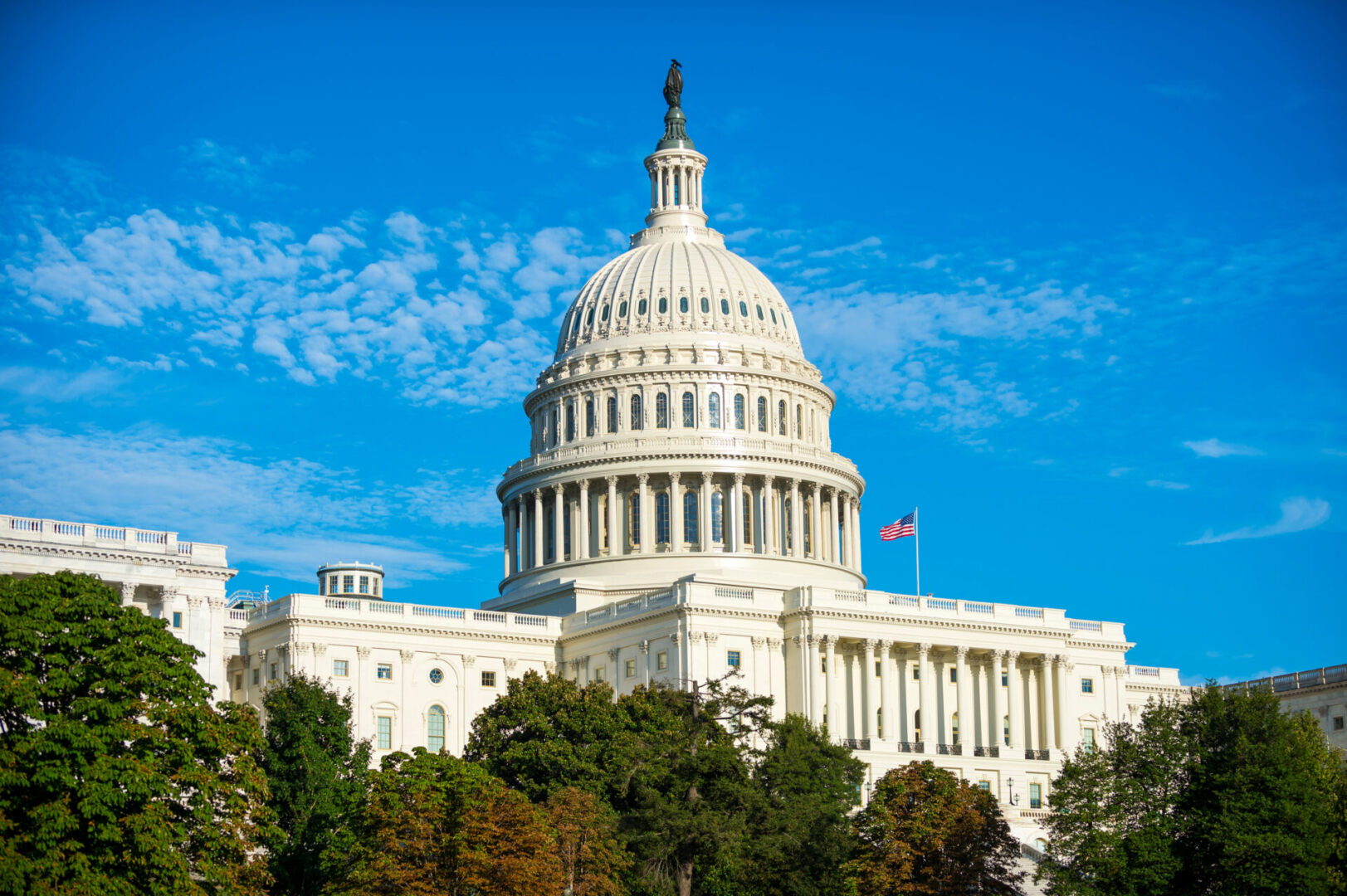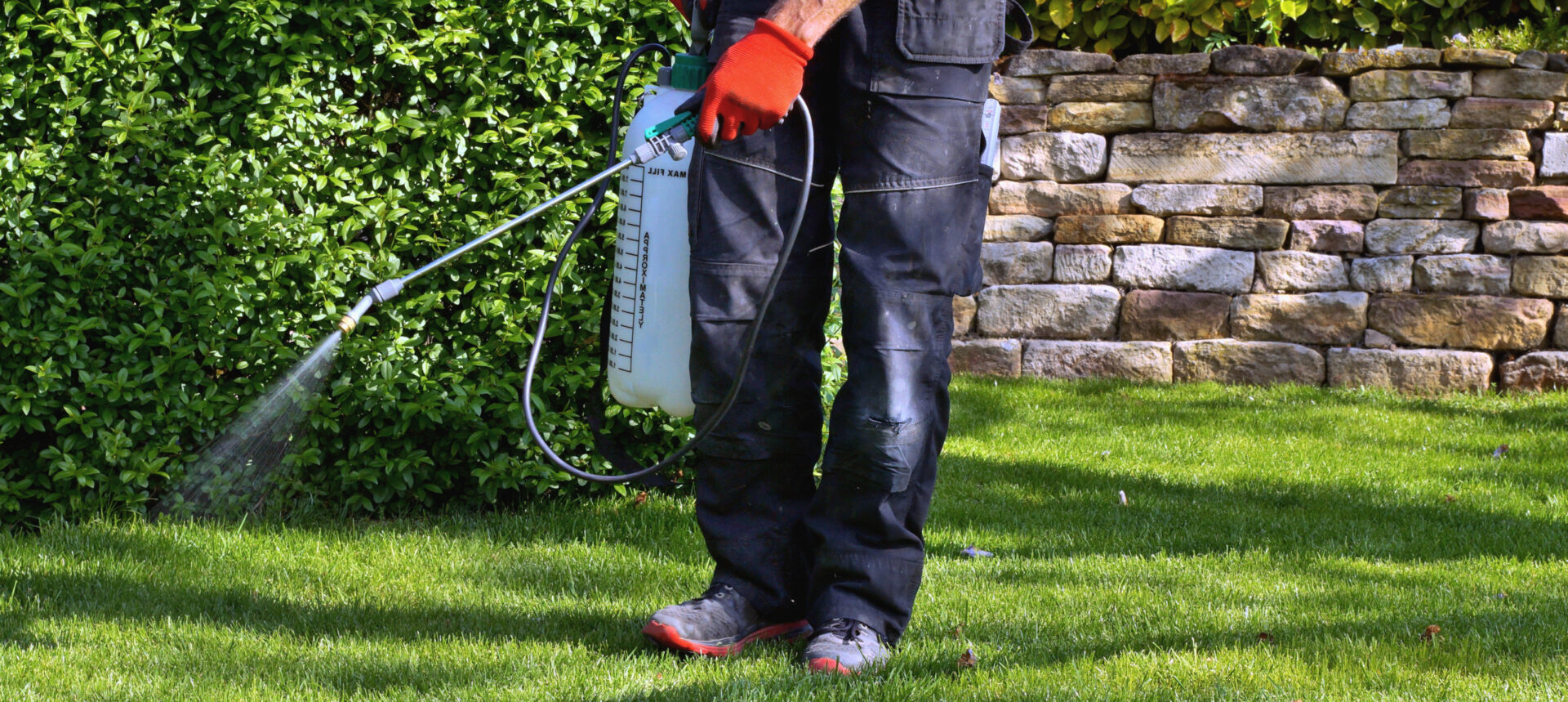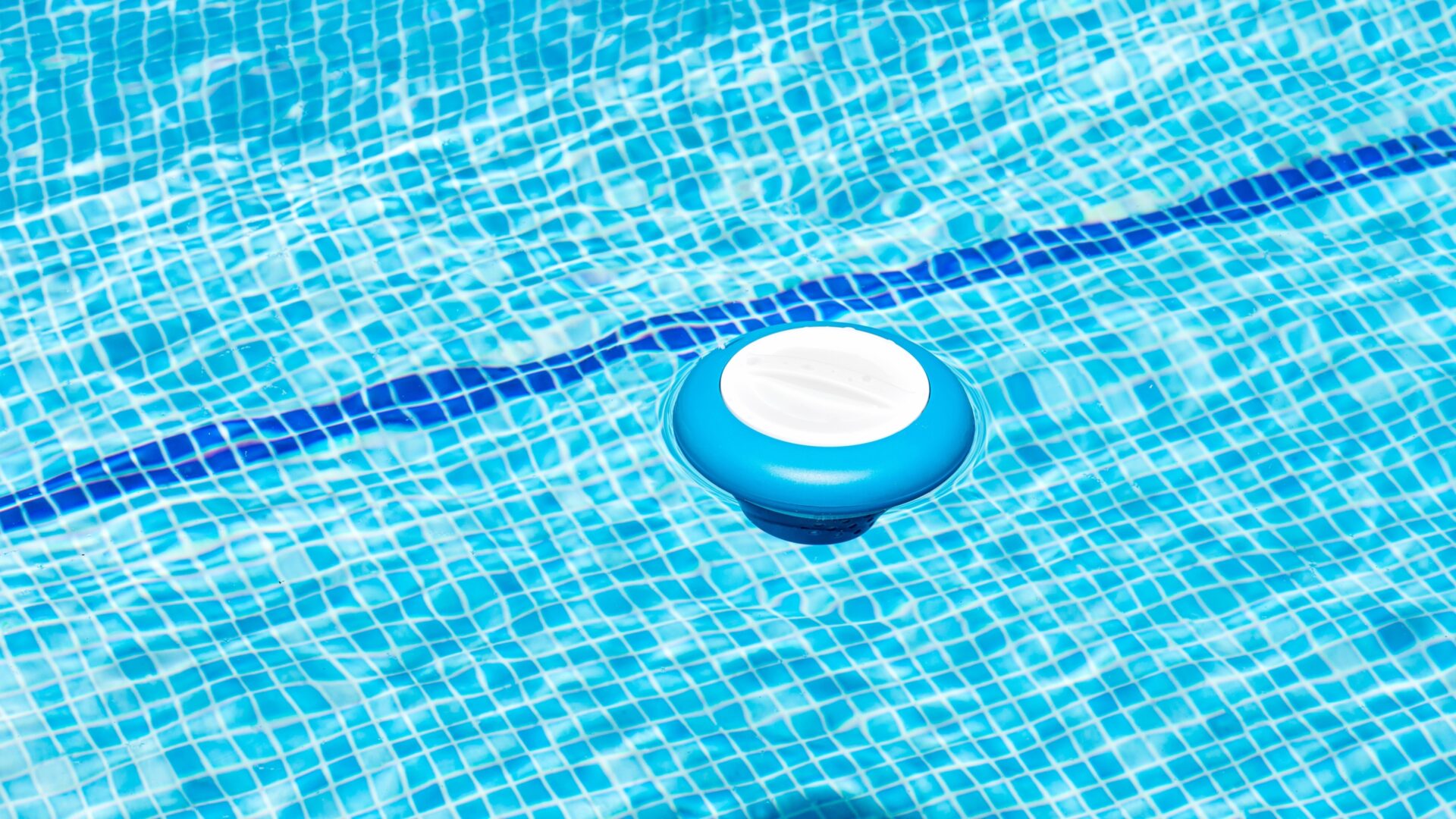By Jamie Venable
Last updated on June 30, 2025
May 31st, 2025 Canada’s new Biocides Regulations will come into force. These new regulations are designed to streamline and standardize the registration process for most disinfectants and sanitizers. Most notably, surface sanitizers previously regulated under the Pest Control Products Act and food contact surface sanitizers will now fall under the Biocides Regulations. The new Biocides Regulations create exciting new pathways and efficiencies, including leveraging the use of foreign decisions, and consolidating alternate brand names and alternate formulations into a single registration. There is a transition period for products with an active drug identification number (DIN), an active pest control product registration number, and for food contact surface sanitizers, which provides opportunities for companies to develop a robust submission strategy using the allowances in the new guidance.
Though coming into force in May of 2025, the SRC team has been working closely with the Canadian Consumer Specialty Products Association (CCSPA) and anticipates that the guidance will be updated by the Natural and Non-prescription Health Products Directorate (NNHPD) in the coming months. CCSPA is the leading trade association active in this space and they have been doing a phenomenal job collaborating with NNHPD to arrive at clear, transparent guidance, and optimized and efficient processes. SRC will continue to monitor and update our clients on these changes.
In the article below, SRC Principal Regulatory Consultant, Jamie Venable, outlines the key changes and opportunities in the new biocides regulations, along with how SRC can help you maximize the benefits of these new regulations.
What Products Are Affected?
Many biocide products that were previously regulated under either the Food and Drugs Act or the Pest Control Products Act will now fall under jurisdiction of the new Biocides Regulations. The new regulations define a biocide as “a drug that is manufactured, sold or represented for use in destroying or inactivating micro-organisms, or in reducing or controlling their number, on a non-living and non-liquid surface”. Most surface disinfectants and sanitizers fall within the scope of the new Biocides Regulations. However, these regulations do not apply to:
- High level disinfectants and sterilants
- Water treatment products including pool and spa products
- Air treatment products
- Products exclusively applied directly to food surfaces
- Products for use on humans and animals, such hand sanitizers and antiseptics
- Cleaning products without pesticidal claims
Transition of Currently Marketed Products
All existing surface sanitizers with an active PCP registration number and all surface disinfectants and disinfectant-sanitizers with an active DIN must be transitioned over to the new regulations by May 31, 2029. Food contact surface sanitizers must obtain a market authorization under the Biocides Regulations by May 31, 2031. To ensure a product remains in the market, it is important that companies submit their applications to provide enough time for NNHPD to complete their review and issue market authorization prior to the deadline. Any company that does not wish to complete the transition must either cancel their registration (except for food contact surface sanitizers which are not registered) and remove their product from the market or remove all biocidal claims from the product label. New biocide applications submitted on or after the coming-into-force (CIF) date of May 31, 2025 will fall under the new regulations.

Pathways for Market Authorization
The following pathways may be used for applications submitted to NNHPD on or after May 31, 2025:
- Transition (applicable to covered products with an active DIN or active PCP registration number)
- Monograph
- Comparison (administrative application or labelling only application)
- Full Review
- Full Review – Novel Biocide
- Use of Foreign Decision (applicable to covered products that have obtained FIFRA section 3 registration from U.S. EPA)
An exciting efficiency allowed in the new regulations is the ability to consolidate multiple products with alternate formulations under one market authorization provided that alternate formulants are of the same class that serve the same function and do not change the products’ pH, label claims, or toxicity. When including alternate formulations in a product application, confirmatory data and scientific rationale demonstrating the change does not significantly change the products’ efficacy, chemistry, or toxicity may be required. Changes to fragrances or dyes that equal 1% “each” or less of the total formula do not require confirmatory testing. This differs from U.S. EPA’s stance, where the 1% threshold is based on the total combined concentration of the fragrance and dye. To consolidate multiple registrations into a single market authorization, a Full Review or Use of Foreign Decisions application pathway must be used.
SRC recommends consulting a regulatory expert to help you decide which pathway is right for you and to assist with communicating your plans to NNHPD.
Transition Application
Products with an active Drug Identification Number (DIN) or active Pest Control Product Registration Number may use the transition application. An exciting point to highlight is that Alternate Brand Names may be added in the transition application. However, alternate formulations and/or revisions to the product formulation are not permitted under this pathway. There are no NNHPD review fees associated with transition applications, and products with an active DIN will be permitted to keep their DIN number. Any applicant wishing to make changes to a product that are not permitted under the transition application pathway must be submitted under a different application pathway, or as a post-authorization change either before the CIF date or after the transition application results in issuance of a market authorization from NNHPD.
Monograph
Products whose applications are submitted under this pathway must meet all parameters of the monograph, including claims, active ingredients, and conditions of use. Supporting information must be submitted for aspects not specified by the monograph. A different application pathway must be used for any product that goes beyond the parameters set forth within the monograph.
Applications Based on a Comparison Product
An application submitted under this pathway is based on a comparison product (typically through a license agreement), which has received market authorization under the new regulations. This type of market authorization is similar to a Supplemental Registration under U.S. EPA, except the licensee receives their own market authorization (although still bound by the license agreement and the regulations). A product must meet the following criteria for submission under this pathway:
- The biocide contains the same active ingredients and inert ingredients or formulants, and in the same quantities as those permitted under the market authorization of the comparison biocide
- The conditions of use fall within those of the comparison biocide
- The risk information and storage must be the same as the comparison biocide
- If the holder of the market authorization of the comparison product is different than the applicant:
- The licensor provides a letter of confirmation and an attestation with regard to the master formula and the comparison biocide’s names and identification number
- The applicant provides attestation that the biocide will be manufactured in accordance with the master formula of the comparison biocide and that its specifications are identical to the comparison biocide (except for the package description)
- The comparison biocide was not issued a market authorization through the comparison pathway
- The market authorization of the comparison product is not suspended
There are two types of applications based on a comparison product: An administrative application and a labelling application. Under the administrative application, all aspects of the product must be identical to the comparison product except for the brand name and applicant name. This applies to the label as well, meaning a subset of the comparison biocide’s product is not permitted. Under the labelling only option, the following aspects of the product may differ from the comparison biocide:
- Packaging material/type
- Net quantity
- Label (removal of cross-promotions, intended uses/purposes and corresponding directions for use, methods of application and corresponding directions for use, and settings for intended use)
- Use of specific alternate formulations, if the market authorization for the comparison biocide is for multiple formulations
Full Review
Applications submitted for full review require scientific review of evidence that supports the safety, efficacy, and quality of the biocide. A tiered approach is used to determine the NNHPD review fee associated with an application submitted under this pathway. Each tier is based on the number of reports of efficacy tests and studies, as follows:
- Tier I: ≤25 reports of efficacy tests & studies
- Tier II: 26 – 50 reports of efficacy tests & studies
- Tier III: ≥51 reports of efficacy tests & studies
Use of Foreign Decisions
Beginning with U.S. EPA, NNHPD will now allow a biocide registration review based on Use of Foreign Decision. This means an application for a new registration or major change in Canada can be submitted referencing the U.S. EPA’s acceptance for a streamlined review. The foreign biocide and the and the Canadian biocide product must have the same:
- Method of application
- Active ingredients and inert ingredients or formulants in the same quantities (including alternate formulations)
- Conditions of use (intended uses, settings, risk information, directions for use, and directions for storage)
- Manufacturing process and specifications (except for packaging description)
- The applicant has possession of (or immediate access to) information submitted to the foreign regulatory authority
Applicants using this pathway must submit the foreign decision letter showing the product is approved for sale in that country, the approved master label or other labeling text, and the list of studies that were reviewed by the foreign agency in their decision.
At this time, only foreign decisions made by the U.S. EPA may be referenced, but the regulations are written to so that foreign decisions from other countries may be considered in the future. Following issuance of a market authorization, any recall, suspension, required changes, or revocation of the product registration by the foreign agency used to approve the decision must be reported to NNHPD without delay.
This pathway may be used to reduce review time and costs for both new registrations and major changes. The fee and timeline currently proposed for this pathway is approximately one third of the fee and timeline for a full review.
How SRC Can Help
On May 31, 2025, the new regulations take effect and the clock starts ticking. SRC can assist you with:
- Product reviews to determine which fall under the new Biocides Regulations
- Outlining action items and requirements for products that will be transitioned or products that will be canceled/discontinued
- Creating a transition plan for active biocide registrations and communicating it with NNHPD
- Evaluating products to identify opportunities for consolidation or streamlined review
- Filing applications with NNHPD
The SRC team is available to help guide you through any part of this transition process to make sure you maximize the potential of your products. Contact your SRC consultant with any questions on the Canadian biocide registration process!





